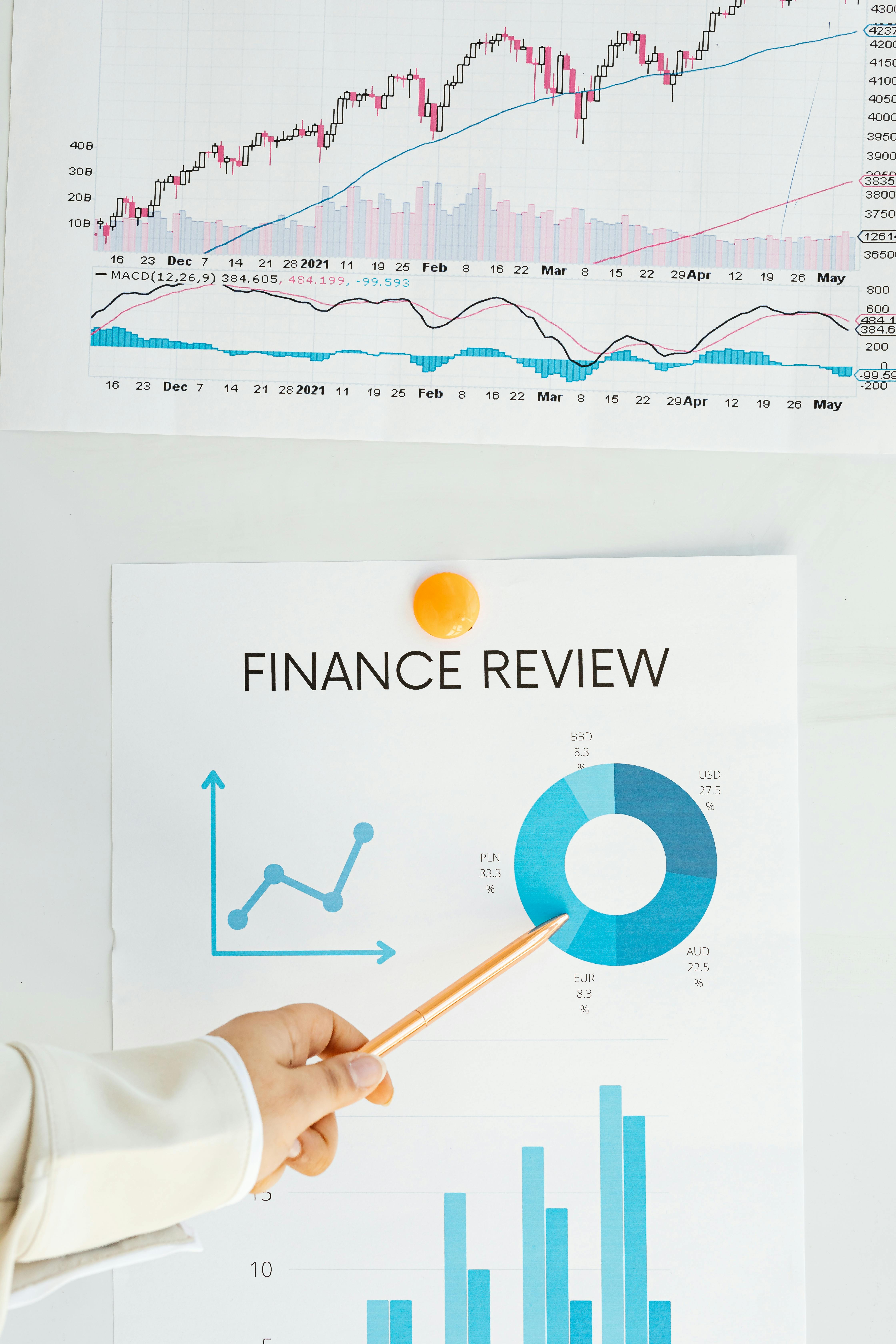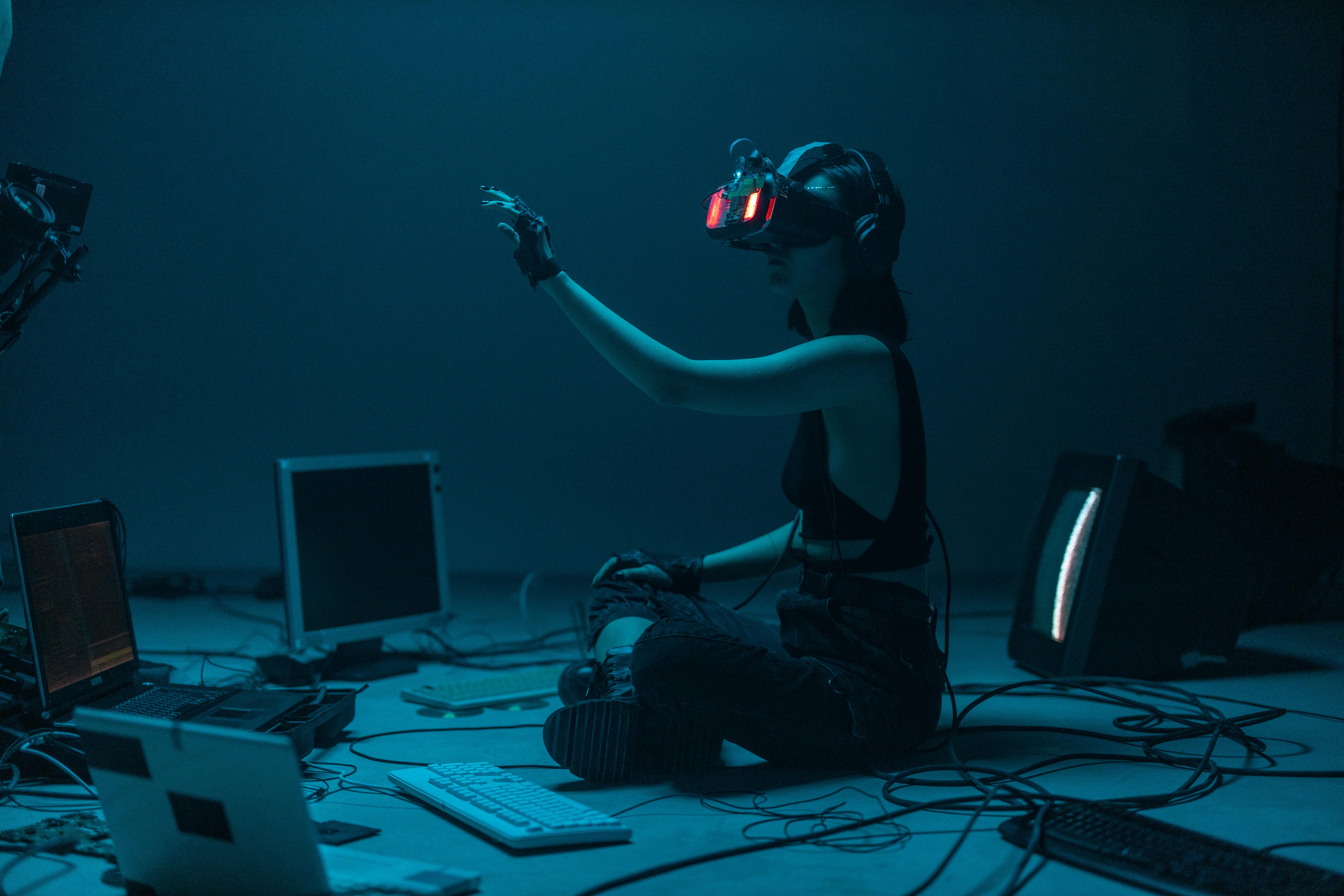Revolutionizing Social Marketing: The Impact of AI and CGI Influencers on Digital Advertising Strategies

In this era of digitization, social marketing has taken on a new dimension through the adoption of CGI and AI influencers. This groundbreaking trend has already become a multi-million-dollar phenomenon, drastically changing the way brands interact with their audience. Brands have begun using virtual influencers as the face of their products, leading to an enormous shift in marketing strategies.
The Genesis and Evolution of CGI and AI Influencers
The advent of virtual influencers can be traced back to 2016 when the virtual character Miquela Sousa, or Lil Miquela, graced Instagram. Lil Miquela, who is a digitally created character, has since accumulated over 3 million followers and has collaborated with several high-profile fashion brands and magazines.
The success of Lil Miquela paved the way for other digital influencers such as Shudu Gram, the world's first digital supermodel, and Bermuda, a pro-Trump virtual influencer. These influencers are not confined by human limitations and can exist in any form, such as aliens, fantastical creatures, or perfect human forms.
Driving Forces behind the Popularity of CGI and AI Influencers
Several factors have contributed to the astronomical rise of CGI and AI influencers. The first and foremost is their perfection. Being digital entities, they can be designed to ideal standards. Their perfection appeals to users, and they can convey brand messages without committing errors or controversial statements that could potentially harm the brand image.
Another contributing factor is the curiosity and fascination of users. The world of virtual influencers offers a break from reality, providing a touch of novelty to social media users. The audience's intrigue regarding these virtual beings has allowed them to amass a gigantic following.
The Impact on Brands and Their Marketing Strategies
The impact of CGI and AI influencers on brands and their marketing strategies has been immense. Firstly, these influencers provide perfect and dedicated brand alignment. Unlike human influencers, who can change their opinions or fall prey to controversies, CGI and AI influencers are entirely controlled by their creators, ensuring perfect and consistent positioning of brand messages.
Moreover, they offer a cost-effective solution for marketing. Creating and maintaining a virtual influencer is considerably cheaper than collaborating with celebrity influencers. This has allowed small and medium-sized businesses to leverage influencers for their marketing efforts.
Lastly, they provide a unique opportunity for brands to explore new formats for storytelling. Since these influencers are not bound by reality, they offer the possibility of creating unique narratives that can engage audiences in novel ways.
The Future of CGI and AI Influencers
The trend of CGI and AI influencers is poised to grow. As artificial intelligence develops further and technological advancements just keep on pouring, the potential for more sophisticated CGI and AI influencers grows as well. Industries such as gaming, animation and virtual reality are all showing signs of integrating their services with AI and CGI influencer concepts—a truly exciting future for social marketing.
In conclusion, the rise of CGI and AI influencers has revolutionized the landscape of social marketing. Their popularity among users, their cost-effectiveness, and their potential to craft perfect brand messages have all contributed to their success. As technology continues to grow, it is safe to predict that the trend of CGI and AI influencers will continue to shape the future of social marketing.



